When businesses look for ways to streamline overhead costs, they often need to consider their energy consumption. Companies can access numerous benefits by reviewing energy use and switching to more efficient alternatives.
So, how can going solar benefit your business?
Keep reading as we discuss what you’ll gain by switching to solar power to support your daily business operations.
Beating The Energy Crisis
Australia is currently struggling under the burden of the energy crisis, which has caused energy prices to spike. Electricity bills have spiked by over 20% in the last year. What does this mean for businesses?
If your energy bills increase, your business may need to make the following considerations:
- Your profit margins may be lower due to excess spending on energy.
- It will take more work to make financial forecasting and planning decisions.
- The business may need to increase the price of its services to account for the increased expense and protect profit margins.
With all this in mind, Australian businesses can benefit from pursuing an energy option that makes them energy independent. With energy independence, the company can avoid vulnerability to fluctuating energy prices and gain more certainty for the future.
Reducing Monthly Overhead Costs
In addition to helping businesses to reduce their vulnerability to fluctuating energy prices, solar panels installation can help them to mitigate monthly overheads. By investing in a solar system, companies can free up future expenses, allocating them toward their priorities.
Businesses can use solar power to cover a portion of their energy consumption. This all depends on the amount of usable space available for solar panel installation, their budget, and whether they wish to use a solar battery.
Solar Battery To Accommodate Operational Hours
Some businesses believe they cannot use solar power because they operate primarily at night. However, companies can still use energy generated from their solar panel even when it’s dark – they just need to invest in a solar battery. A solar battery will provide storage for the power generated by its panels, allowing them to use it during non-sunlight hours.
A solar battery has additional benefits, too. You can store your excess energy for later use, or you can sell this energy back to the grid for profit. By selling renewable energy back to the grid, you are helping to reduce the area’s overall non-renewable energy consumption – helping to do some good!
Business Grants And Rebates
If your business is small and cannot cover the upfront cost of installing a solar system, you may be able to access a business grant or rebate. The Australian government’s solar power initiatives allow you to access a loan for the upfront cost of solar panels, batteries, and inverters. You can repay this initial loan in instalments to break up the price. This means you can access solar power sooner without creating a budget and saving up.
The rebate will cover up to 50% of the initial cost of your solar panel system on your rooftop. This equates to around $3500. Once you have repaid this grant, your business will receive ROI on the savings it makes from decreased energy prices – which, in the current climate, could be a high cost.
Reducing Carbon Footprint
Many businesses are considering ways to go green and mitigate their environmental and planetary impact. Solar systems allow you to go straight to the source. Of course, you can implement intelligent energy-saving technologies to reduce your energy expenditure. However, installing a solar system means you can completely replace a large chunk of your energy consumption with renewable and entirely green energy.
Easy Maintenance
Once you have installed your solar panels, you will not need to allocate much time or energy towards maintenance. To ensure your solar panels are in top condition, optimising the amount of energy created, you must clean them with soft cleaning tools and soapy water. If you already pay for window cleaning services, you can easily delegate this task to your window cleaning professionals. Besides cleaning, there are relatively few maintenance requirements for solar systems.
Easy Installation
Installing solar panels typically only takes a few days. First, you must ensure that your business’s building is eligible for solar panel installation, with plenty of usable, unshaded space. Then, you must ensure space for your solar inverter – the part of your solar system responsible for converting the energy – which you can install in a loft, garage, or storage cupboard. If you are accessing a grant or rebate, you must choose a solar installation company accredited by the grant program. Once your solar panels are installed, all you need to do is clean them and ensure that no trees or buildings cover or block the light to your solar panels.
Considerations To Make Before Opting For Solar Panels
Before installing and reaping solar panels benefits, you must make some decisions. Here’s what you’ll need to consider when opting for solar panels in Sydney:
- Light exposure – you need to find space for your solar panels where trees or other buildings will not block the light.
- Renting – if you rent your commercial building, you will not be able to install solar panels. This decision ultimately lies with your commercial landlord.
- Payment – you must decide how to pay for the solar panels, whether you wish to pay the upfront cost or use government aid.
- Components – you’ll need to decide what type of solar panels to buy, along with the inverter, battery, and other features you’d like to install.
All these considerations allow you to determine whether solar panels are the right path for you.
Summary
Businesses stand to gain incrementally by installing solar panels – particularly in the modern climate. Solar panels can be your saving grace against turbulent and unpredictable energy costs. Consider these benefits and whether solar panel installation might be the right choice for you. For reliable and accredited solar panel installation, contact our friendly team at SolarPath.
Read Also:
A Comprehensive Guide To Commercial Solar Installation For Business Owners
Can I Install Solar Panels On My House? The Top Questions To Ask









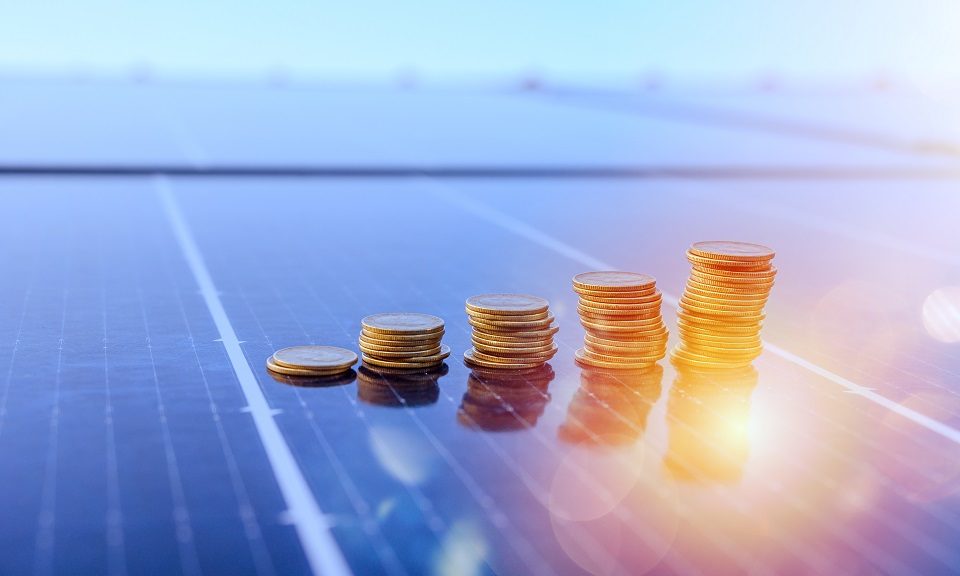
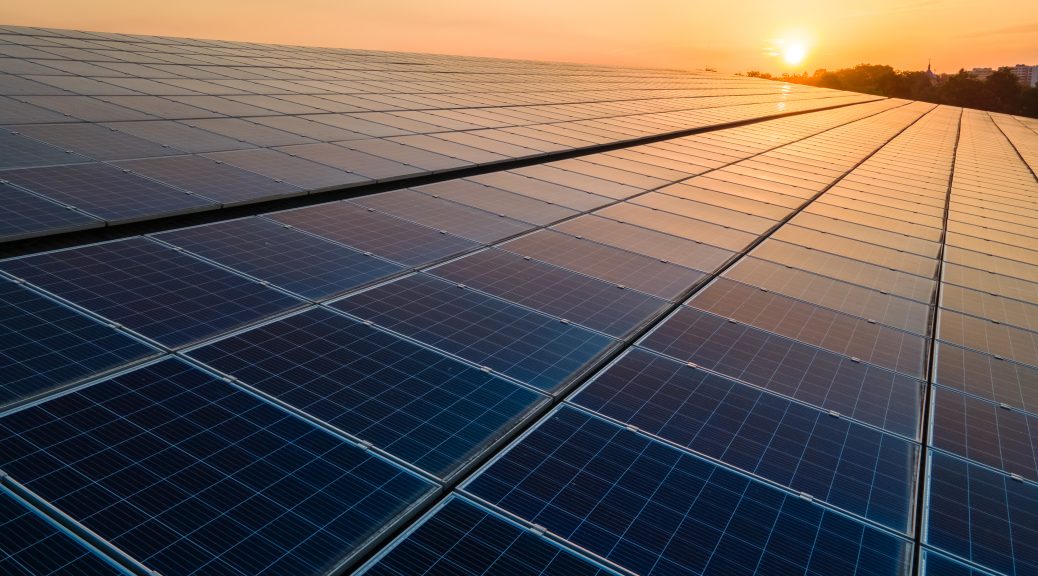
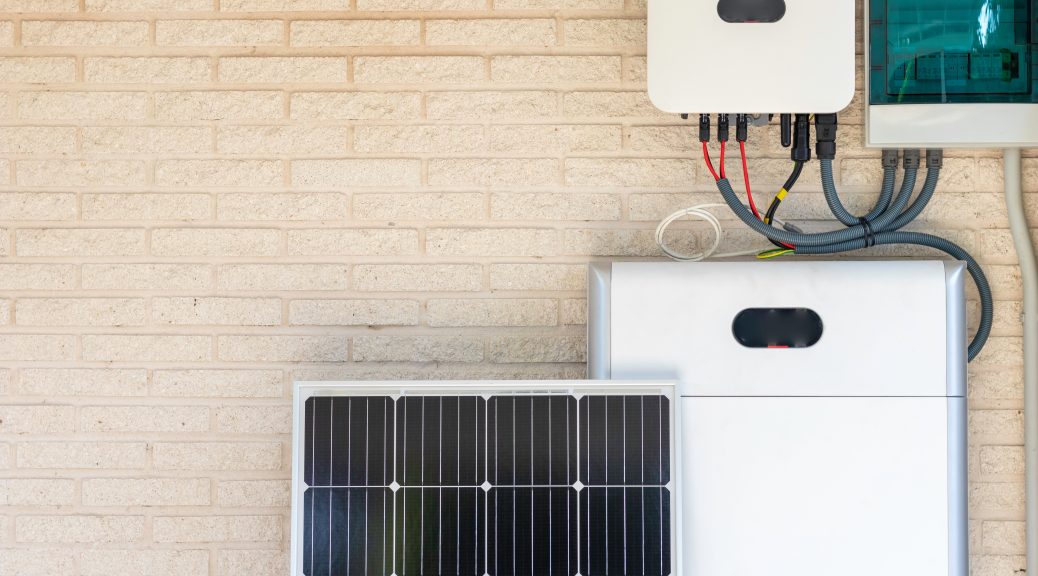
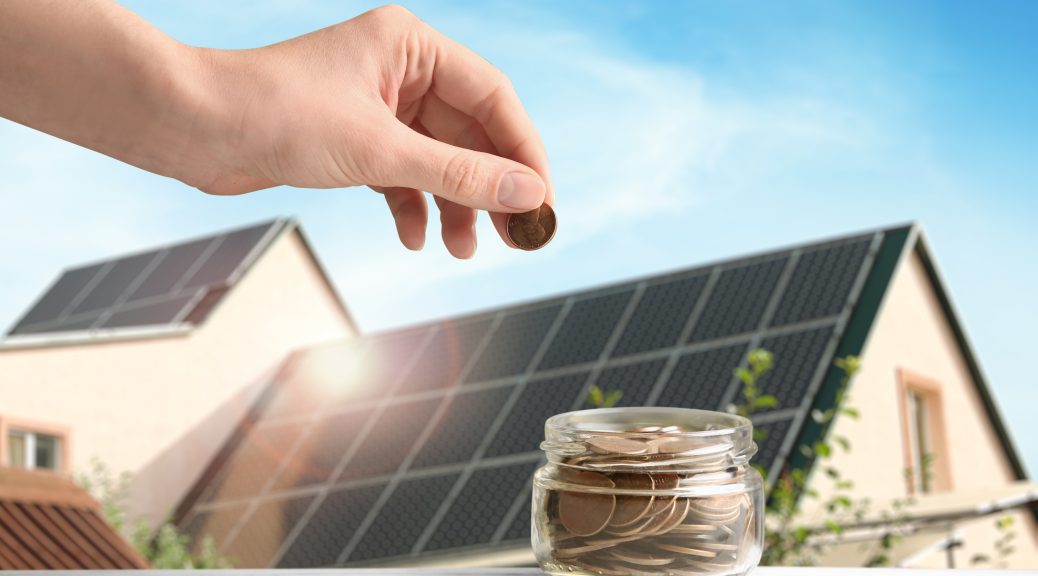

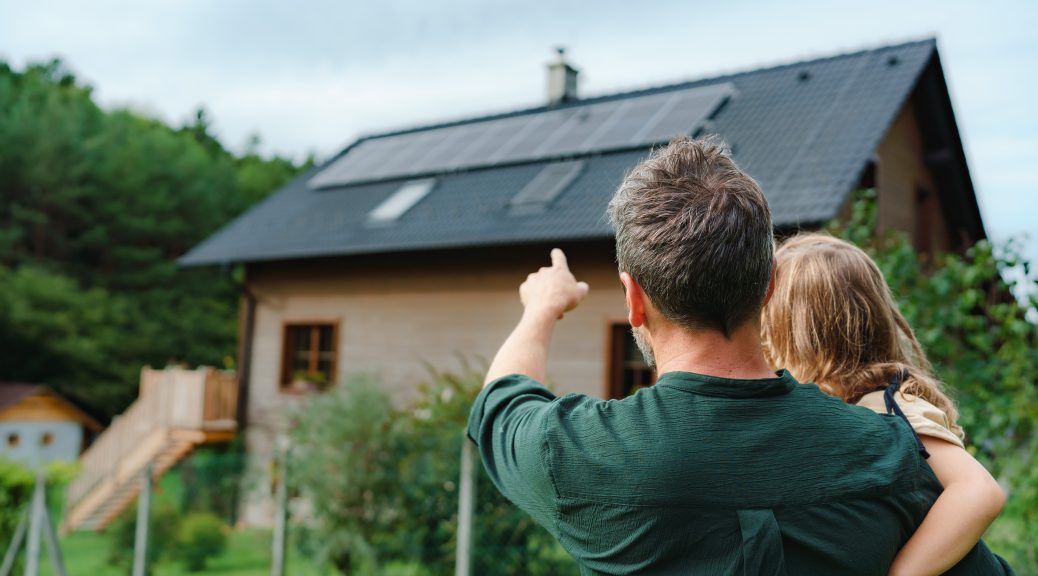
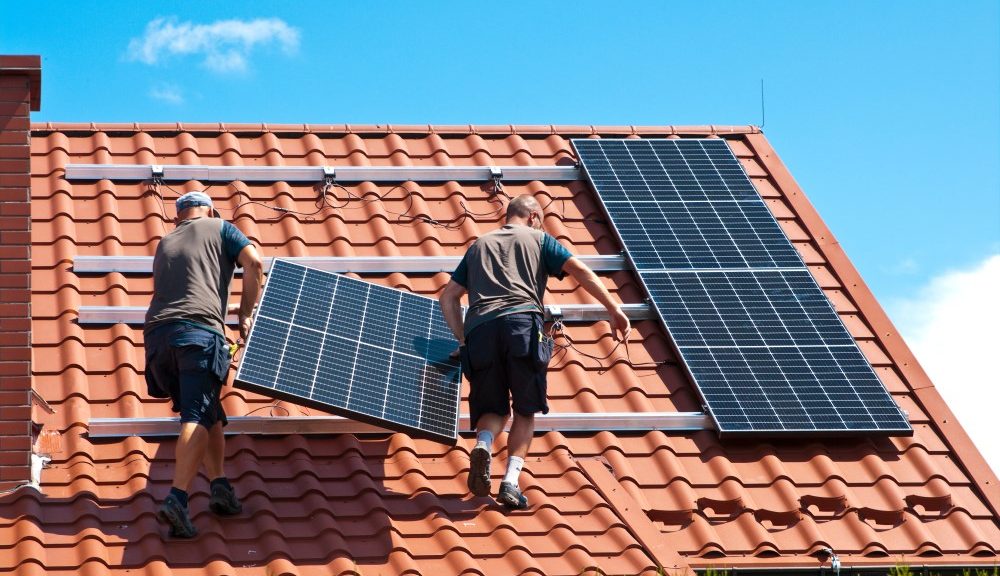
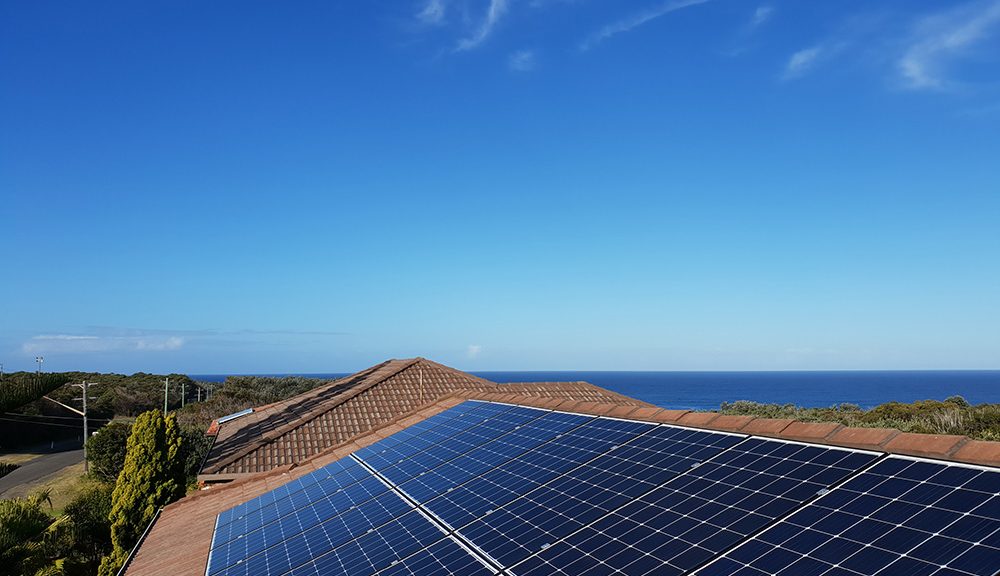
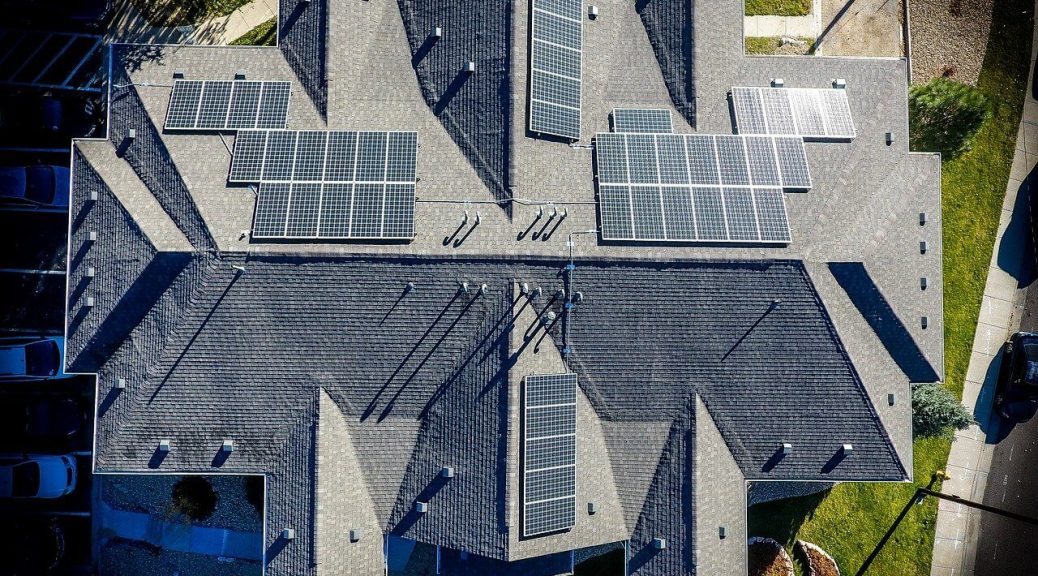
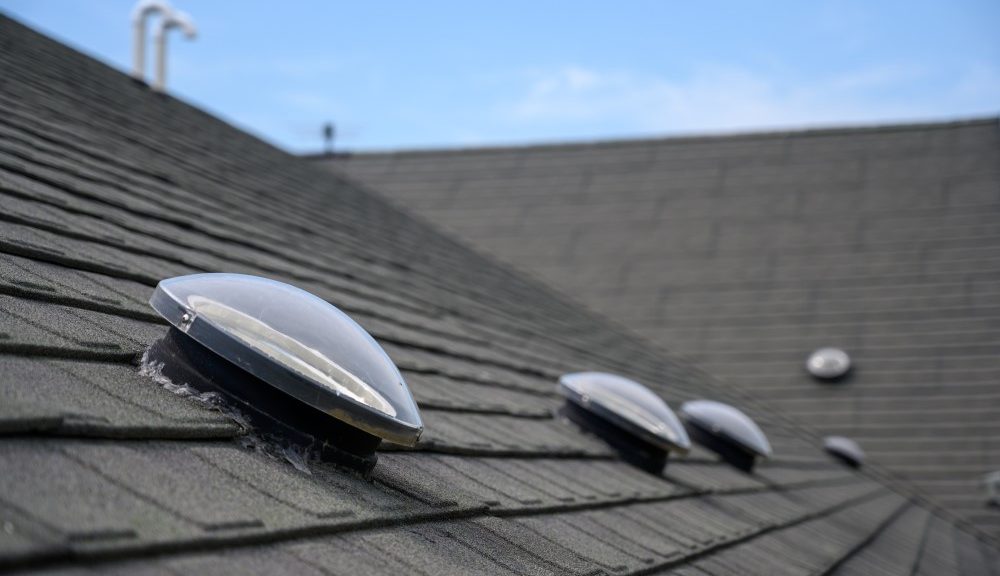

 Solarpath | Solar Path NSW GPS Directions
Solarpath | Solar Path NSW GPS Directions